Top 4 Most Important Things to Know Before Buying an Indoor Greenhouse
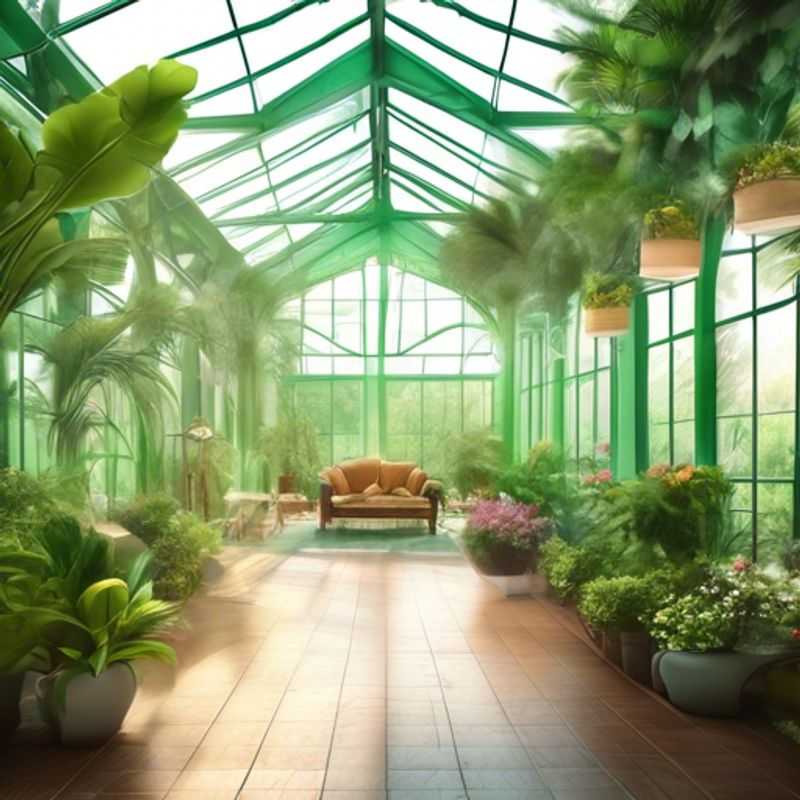
Top 4 Things to Know Before Buying an Indoor Greenhouse: Space, Lighting, Climate Control, and Maintenance
Ah, the allure of an indoor greenhouse! A sanctuary for your green companions, a testament to your horticultural prowess.
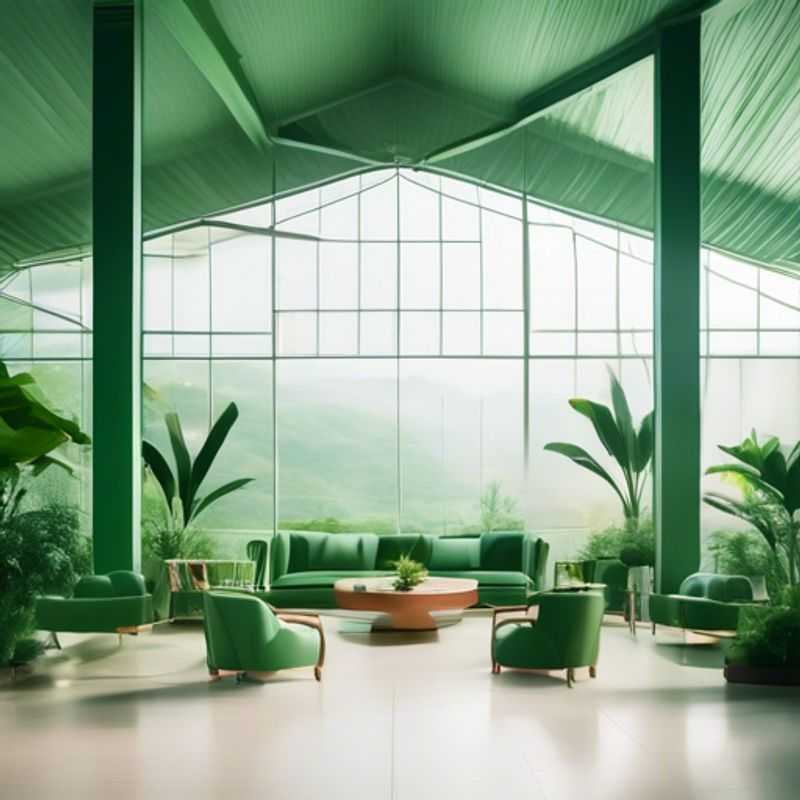
Greenhouse Size Matters: Choosing the Right Fit for Your Indoor Space
Choosing the right greenhouse size for your indoor space is crucial for optimal plant growth and efficient use of your area. It's like fitting a puzzle piece – the greenhouse should complement the space, not overwhelm it. Consider these factors:
Available Space: Measure the length, width, and height of the area where you plan to place the greenhouse. Don't forget to factor in doorways, furniture, and any other obstacles that may limit the size of your greenhouse.
Layout and Functionality: Plan how you will access the greenhouse and move around inside it. A small greenhouse might work well if you primarily use it for starting seeds, but if you envision growing larger plants or multiple rows of crops, a larger greenhouse might be necessary.
Type of Greenhouse: Different greenhouse types have different space requirements. Walk-in greenhouses need more space than lean-to greenhouses. If you plan to grow tall plants, choose a greenhouse with a higher roof.
Budget: Larger greenhouses tend to be more expensive. Consider your budget and what features are most important to you. You can save costs by choosing a basic greenhouse or by building your own.
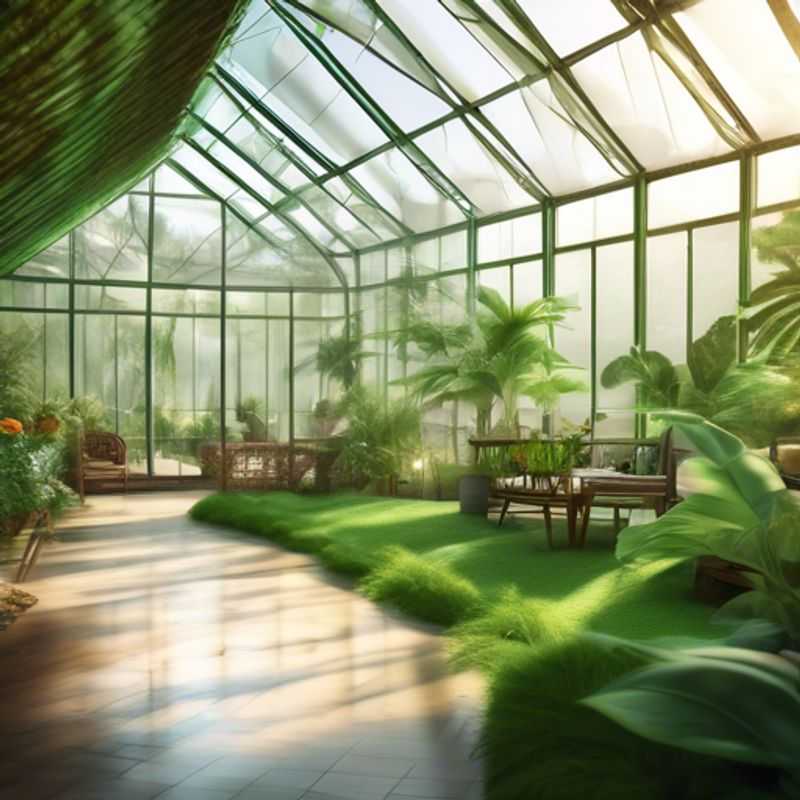
Sunlight Check: Optimizing Indoor Lighting for Plant Growth
Sunlight is crucial for plant growth, providing the energy they need for photosynthesis. Indoor spaces often lack adequate sunlight, so evaluating lighting conditions is essential for successful plant cultivation.
Start by assessing the amount of natural light your space receives. Consider the direction your windows face, the presence of any obstacles blocking light, and the time of day when sunlight is most abundant.
Observe the amount of time your plants receive direct sunlight each day. Direct sunlight provides the highest intensity of light, but too much can scorch delicate leaves. If direct sunlight is limited, consider using artificial light sources to supplement.
Invest in a light meter to quantify the amount of light your plants receive. This tool measures the intensity of light in lumens or foot-candles, providing valuable data for determining the adequacy of light levels.
Choose appropriate artificial light sources for your plants based on their specific needs. Fluorescent bulbs, LED grow lights, and high-pressure sodium lamps are commonly used options. Ensure the light source provides the appropriate spectrum and intensity for your plants' growth.
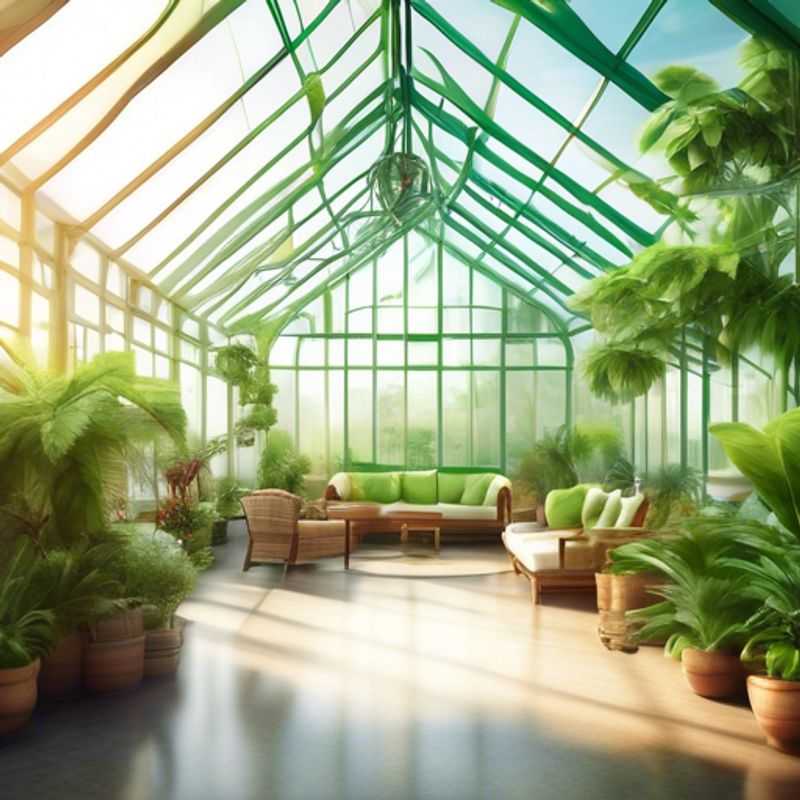
Greenhouse Growing: Tailoring Climate Control to Your Plants
Before you start building your greenhouse, you need to do some research to ensure success! You need to know exactly what plants you want to grow, and then, you need to research their specific climate control requirements. This is crucial for successful plant growth.
Understanding the specific needs of your chosen plants is key. Do they prefer warmth, humidity, or maybe a specific amount of light? Knowing this will guide your greenhouse design and the climate control systems you invest in.
You'll need to determine:
1. Temperature Range: Different plants thrive in different temperature ranges. Some require warm temperatures, while others prefer cooler conditions. This information will help you determine the type of heating and cooling systems you need.
2. Humidity Levels: Some plants prefer high humidity levels, while others require drier conditions. You'll need to find out the ideal humidity range for your plants and choose the right humidification or dehumidification systems for your greenhouse.
3. Light Requirements: Plants need specific amounts of light to grow and flourish. Some plants thrive in full sun, while others prefer partial shade. Knowing this will help you choose the right lighting system for your greenhouse.
4. Air Circulation: Proper air circulation is vital for preventing disease and providing your plants with the necessary oxygen. You'll need to ensure that your greenhouse has adequate ventilation to maintain healthy air flow. This includes installing fans or other ventilation systems.
This research might involve consulting with local nurseries, gardening experts, or researching online resources. Take the time to research thoroughly, as it will pay off in the long run. Your plants will thank you!
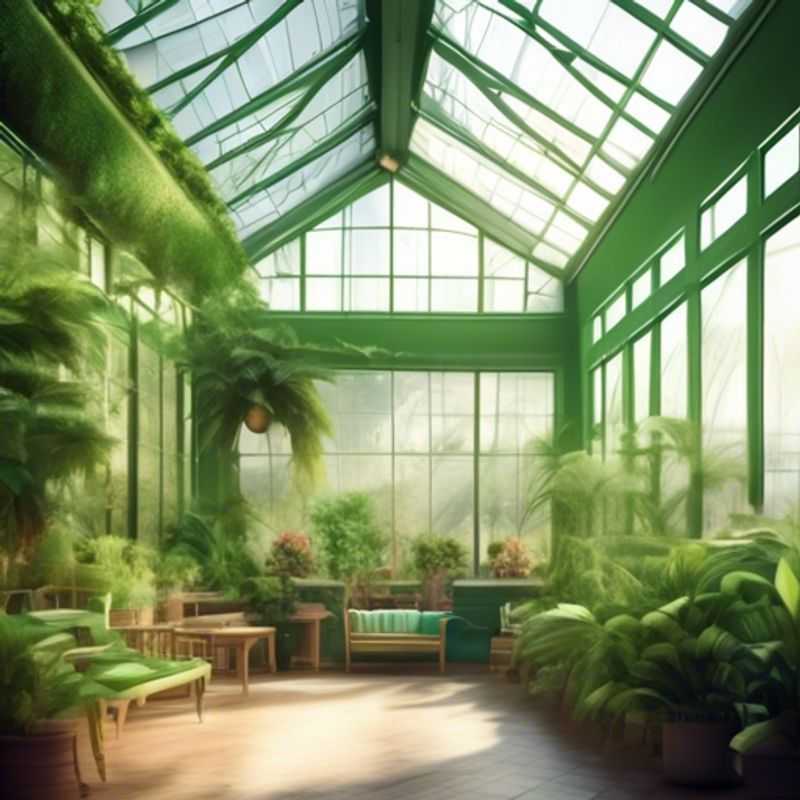
Cultivating Success: Your Guide to Indoor Greenhouse Maintenance and Care
Maintaining an indoor greenhouse setup requires attention to several key aspects to ensure a thriving environment for your plants. First and foremost, temperature control is crucial; most plants thrive in temperatures between 65°F and 75°F (18°C to 24°C). You'll need to monitor and possibly adjust heating or cooling systems accordingly.
Next, humidity levels must be maintained, ideally between 40% and 60%. This can be achieved through regular misting, the use of humidifiers, or by placing water trays near plants. Additionally, air circulation is vital to prevent mold and pests, so consider using fans to promote airflow.
Lighting is another essential factor; most indoor plants require 12 to 16 hours of light per day. Depending on your setup, you may need to invest in artificial grow lights, which can range from affordable options to more expensive full-spectrum lights.
Watering practices should be adapted to the specific needs of your plants, ensuring that you don’t over or under-water. A good rule of thumb is to check the soil moisture regularly. Furthermore, fertilization is necessary for optimal growth, so plan for periodic feedings with appropriate fertilizers.
Regular cleaning and pest control are also important. This includes wiping down surfaces, inspecting plants for pests, and potentially using organic pesticides. Finally, consider the cost of any paid activities such as purchasing equipment, soil, seeds, or professional consultations, which can add up. By familiarizing yourself with these maintenance and care aspects, you can create a successful indoor greenhouse environment.
